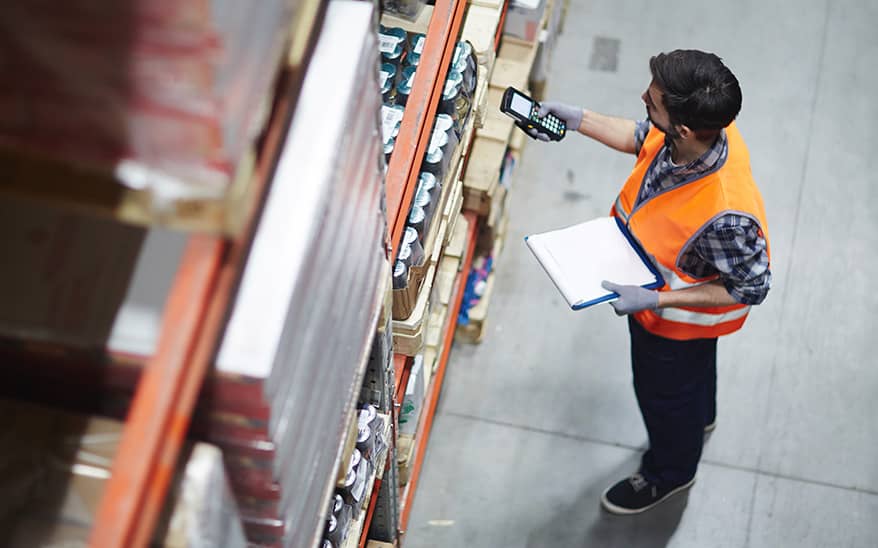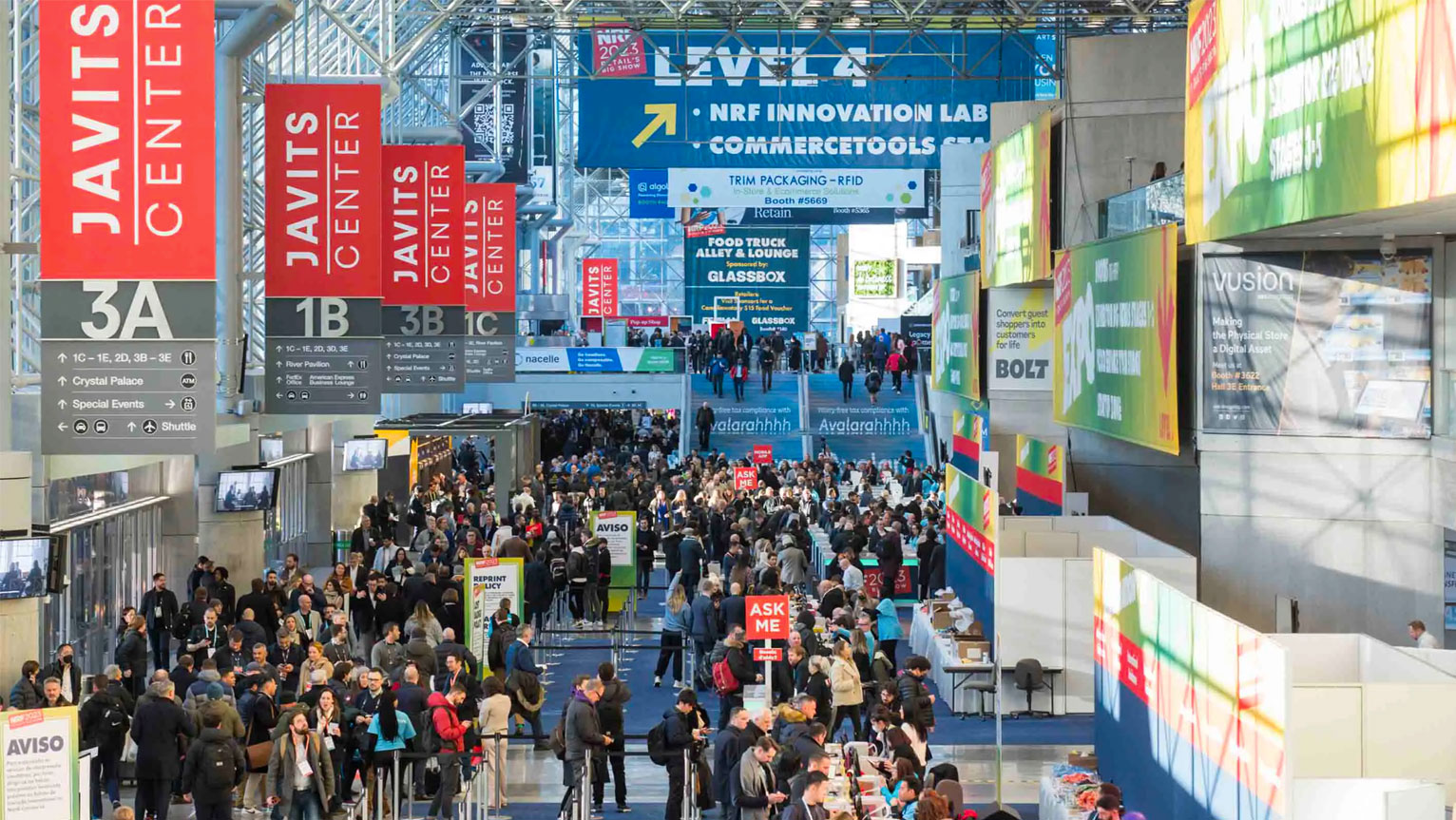The Future of Stores: Trends and Critical Technology
- 23 February 2022
- By Manhattan Staff

The new demands put on stores, and really the entirety of a retailer’s operation, are putting strains on legacy systems. They simply were not built for omnichannel fulfilment options, digitally savvy consumers and the expectations for modern shopper experiences. A cloud-native technology platform is not only critical to success, it is the only way to meet demands and maximise profitability.
Armed with a microservices architecture, cloud-native technology is always current, eliminating the need for upgrades, while empowering retailers to continuously innovate to keep pace with changing conditions and emerging trends. At the same time, cloud-native solutions enable extensibility so each brand can apply the customisation needed to run their own unique business.
The result is an agile, adaptable platform that allows retailers to sell, engage and fulfil anywhere – on any device. Decisions are made based on what is best for the business – not on what the technology can allow. More importantly, an always on, resilient cloud infrastructure ensures retail systems stay up and running even when connectivity goes down. In short, cloud-native retail solutions are the only way to ensure unforeseen obstacles are overcome and unexpected opportunities are maximised.
What does it mean to be cloud-native?
The terms “cloud” has become generalised to cover any solution being maintained outside the four walls of an enterprise. Usually, terms such as “runs on the cloud” or “hosted in the cloud” represent legacy solution architecture that has been modified — or “washed” — to run in a remote data centre. Cloud-washed solutions do not take full (or often any) advantage of cloud architecture. They still struggle with issues like extensions, implementations, upgrades, scalability, licensing costs and time to market. Essentially, they are the same outdated, monolithic, on-premises solution designs.
The term “cloud-native” refers to applications that were 100% born in the cloud, take advantage of virtualisation and containerisation, use APIs extensively and leverage the scalability of the internet to autonomously harness vast amounts of computing power. These differences make them significantly more scalable, dependable, personalise and affordable.
- Capabilities like optimised inventory management, order management and customer engagement – one holistic solution on one platform
- The ability to use the same technology in all store formats, from flagships to retail locations to pop-ups, via a single application compatible with any hardware and operating system
- A point of sale solution that can be mobile and fixed in the same store, across different operating systems and devices
- System architecture that allows for seamless, two-way movement of goods
- The ability to sell and return from anywhere, regardless of origin
63% of retailers said their legacy infrastructure held them back from making necessary changes
Only 10% of retailers say they have the POS infrastructure to serve their business now and in the future
(source:https://www.zynstra.com/retail-edge-convenience-stores/convenience-store-lessons-learned-covid19/)
Reap adaptability, sow profitability
Many retailers are re-thinking their omnichannel strategy. In fact, 41% of global purchase influencers at retail and wholesale firms report that improving their customers' experience is a high or critical business priority, second only to growing revenue. There is a clear mandate for retail organisations to be customer-obsessed, while also holding on to profitability.
A recent Forrester report noted that among retail and wholesale decisionmakers, infrastructure and application modernisation were the top two technology initiatives. Clearly, many in the industry recognise the need to manage the omnichannel transformation by engaging with best-in-class technology partners. Manhattan Order Management, which is part of Manhattan Active® Omni, was named the only leader in Forrester’s 2021 OMS Wave. Customers are using this technology to not only keep up in the age of modern retail, but thrive.
While there is no way to exactly predict the future, retailers do have a roadmap. Higher expectations in terms of purchasing, fulfilment and convenience are here to stay. The need for one-to-one customer engagement is also a requirement for success. Therefore, a cloud-native technology platform that can deliver endless consumer options, and empower store teams, while maintaining margins is mandatory.
Retail today is filled with new challenges. But with them come opportunities – to innovate, to differentiate, to win.
Optimising fulfilment, shipping and stores can help you maximise margins and profitability in your digital commerce marketplace. Discover your potential return on investment using our omnichannel fulfilment calculator.





